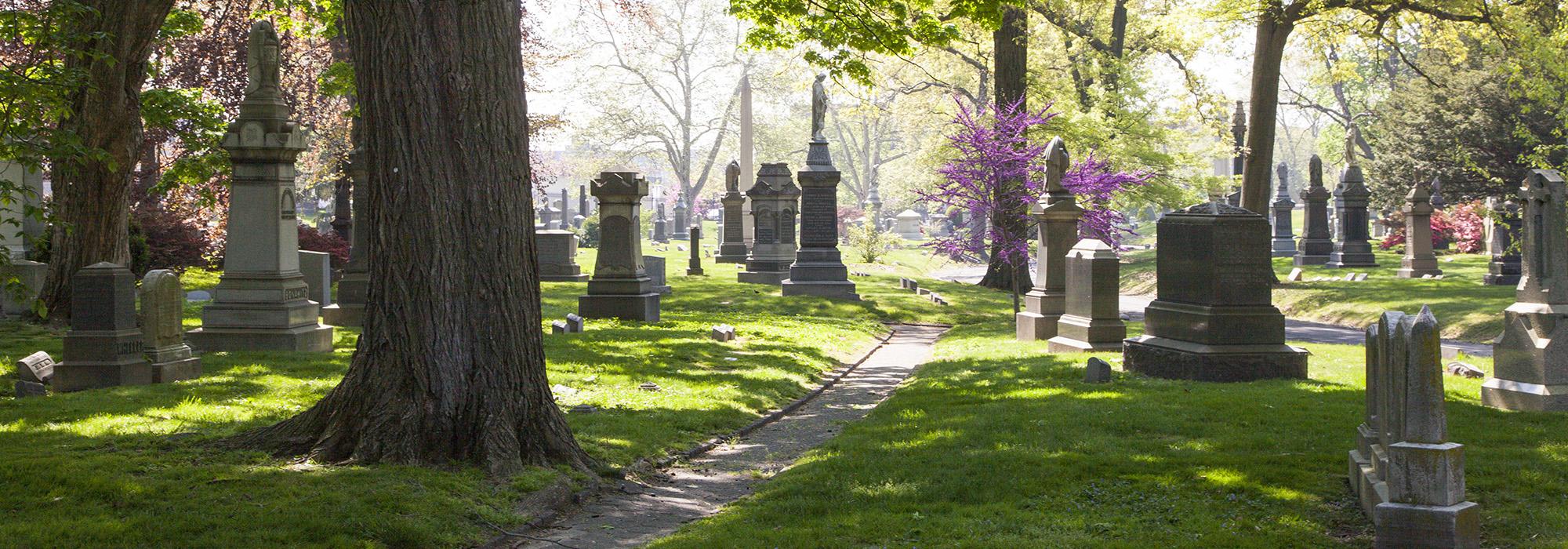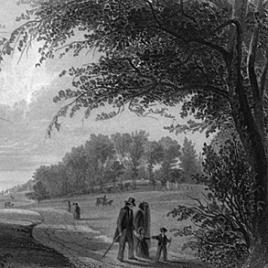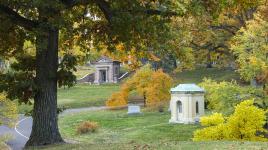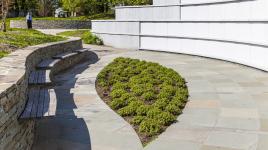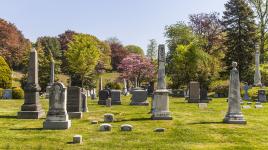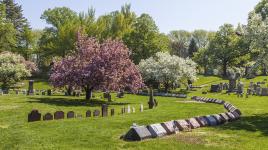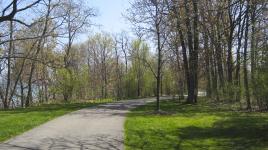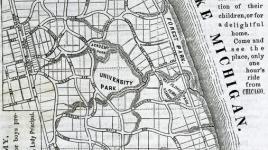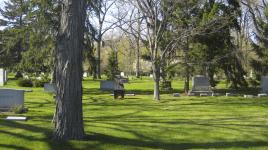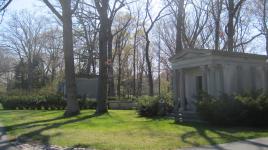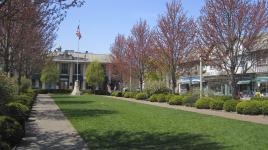Pioneer Information
Hotchkiss began his career in 1838 as the superintendent of Brooklyn’s Green-Wood Cemetery, designed by David Bates Douglass and one of the first rural cemeteries in the country. In the 1840s, Hotchkiss and Zebedee Cook worked together to expand the 178-acre cemetery by more than 200 acres, with a design that was consistent with Douglass’ original intent.
In 1849, Hotchkiss left New York and Green-Wood Cemetery for St. Louis, Missouri, where he was given the commission to design Bellefontaine Cemetery, the first designed large-scale rural cemetery west of the Mississippi River. He spent more than 46 years working at Bellefontaine as designer and superintendent; under his management the cemetery grew to 332 acres. Hotchkiss also completed designs for projects across the Mississippi River in Illinois, including the Chippiannock Cemetery in Rock Island. In 1856, Hotchkiss was engaged to create plans for a 1200-acre university and suburb called Lake Forest, just 27 miles outside of Chicago. Platted in 1857, it was among the earliest, large-scale, commercial residential developments in the Chicago region. Lake Forest was Hotchkiss’ last identified project outside of Bellefontaine.



